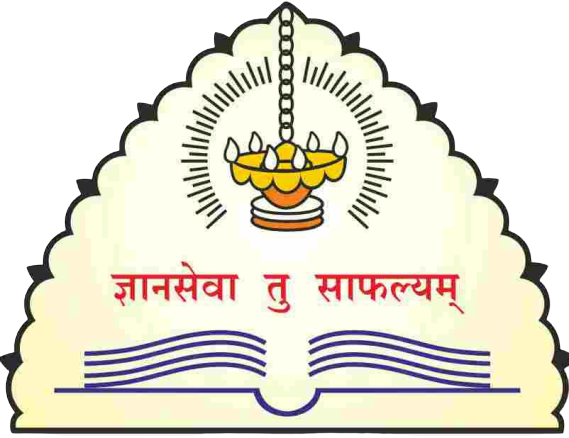Shristy Kamal, Pune
Maharashtra has established a goal to educate 1,240,000 individuals aged 15 to 35 from 2022 to 2024. The educational content, created by the Maharashtra State Council for Educational Research and Training (SCERT), is readily accessible online in Marathi, English, Hindi, and various other languages through the DIKSHA portal. The New India Literacy Programme (NILP), which is a centrally sponsored initiative targeting the elimination of illiteracy among individuals aged 15 and above, is actively progressing in Maharashtra.
On Wednesday, two teacher trainer training programs commenced, one in Pune and the other in Nagpur. These programs are scheduled to run for three days. Furthermore, as of Tuesday evening, the ULLAS online application has seen registration from more than 12,000 illiterate individuals and 917 volunteers. This scheme is based on Sustainable Development Goal 4, established by the United Nations, and per the principles outlined in the New Education Policy 2020. “According to the 2011 Census, which we rely on, there are over 1,63,00,000 illiterate people in Maharashtra. We are hoping to get current data on the number of people who are illiterate through a survey that we started last month,” said Mahesh Palkar, Director of Education.
Neha Belsare, the Deputy Director for Social Science, Arts, and Sports at SCERT who also heads the State Center for Literacy (SCL), mentioned that the definition of literacy has been broadened, and educational materials have been adjusted accordingly. The SCL, located within the SCERT, focuses on the academic and training aspects of the literacy program. Belsare emphasized that literacy now encompasses more than just reading, writing, and numeracy. It involves improving one’s overall quality of life through vocational skills, digital literacy, basic legal knowledge, and everyday practical skills. The curriculum has been designed with a mindful consideration of life skills, abilities, and experiences that individuals may possess, even if they lack formal literacy.
One faculty member from the District Institute for Education and Training (DIET) and two subject experts from each district will undergo training as a part of the teacher-trainer training program. Subsequently, they will return to their respective districts to provide further training at the block level, as explained by Belsare. The execution of this substantial endeavour is envisioned to be community-centred, with the ULLAS mobile application serving as the primary point of contact among volunteers, nodal schools, and individuals lacking literacy. Ideally, volunteers can educate up to ten illiterate individuals who have also registered on the app. Local schools will be responsible for identifying illiterate individuals and matching them with volunteers. Additionally, teachers will be available for guidance, mediation, or training as needed.
The primary goal of the New India Literacy Programme (NILP) is to reach a target of 500 million individuals aged 15 years and older who lack literacy skills. The program comprises five key components: (i) Foundational Literacy and Numeracy, (ii) Critical Life Skills, (iii) Vocational Skills Development, (iv) Basic Education and (v) Continuing Education.
